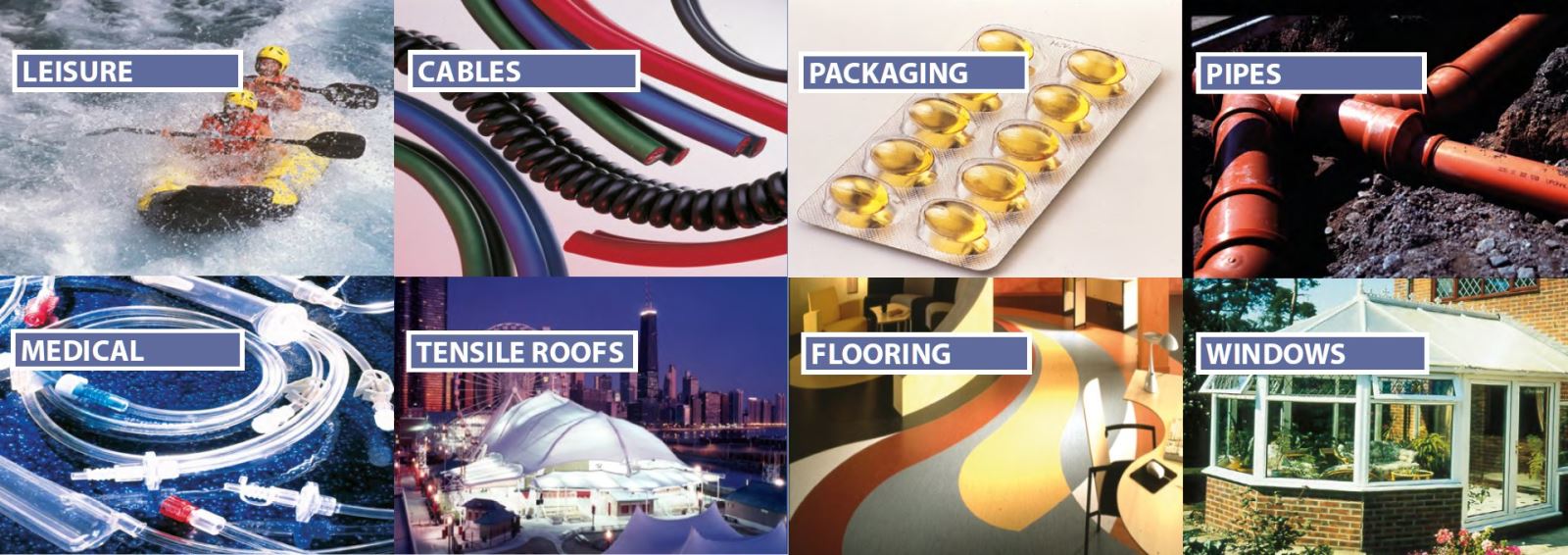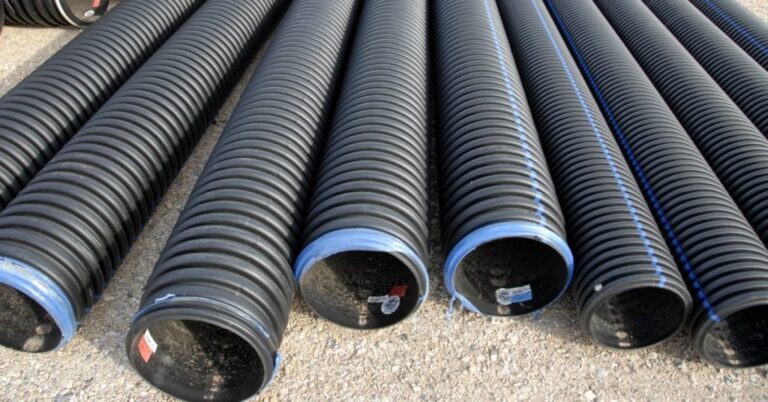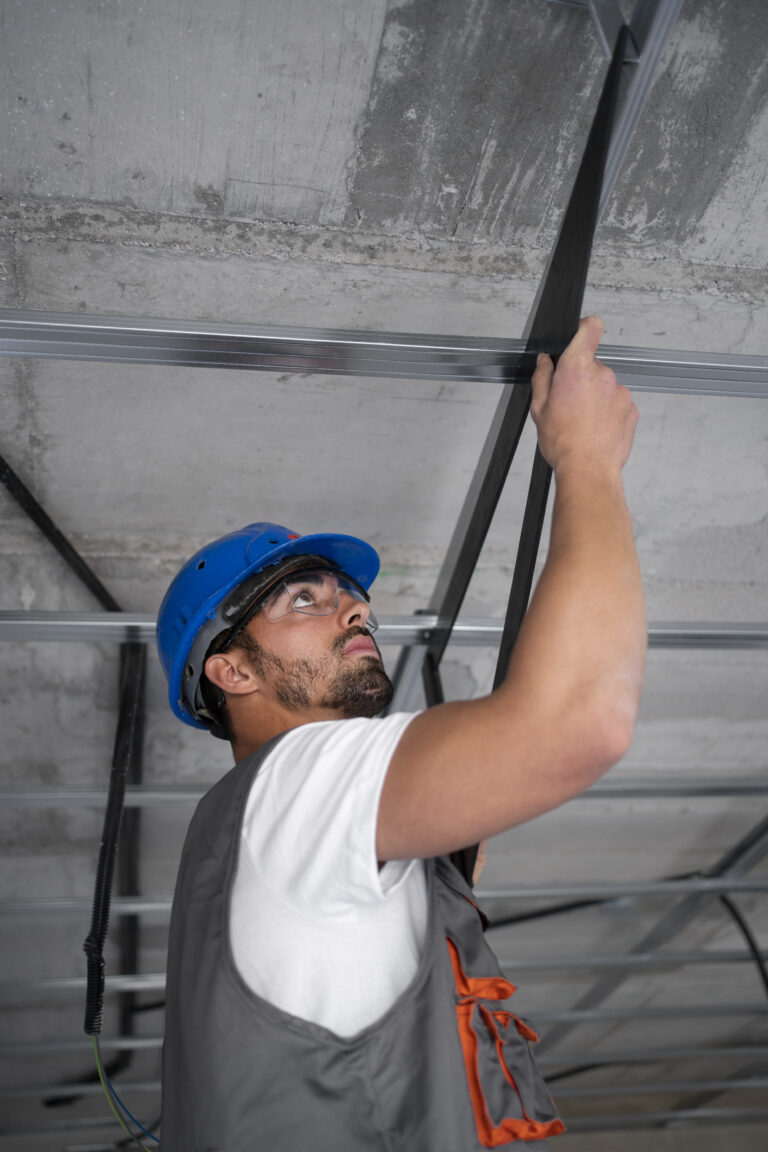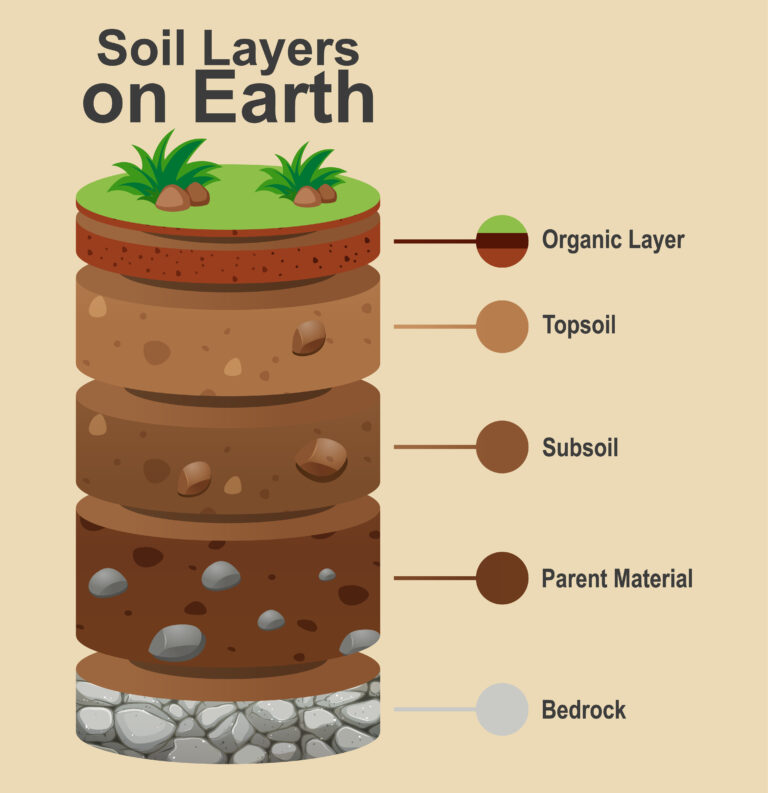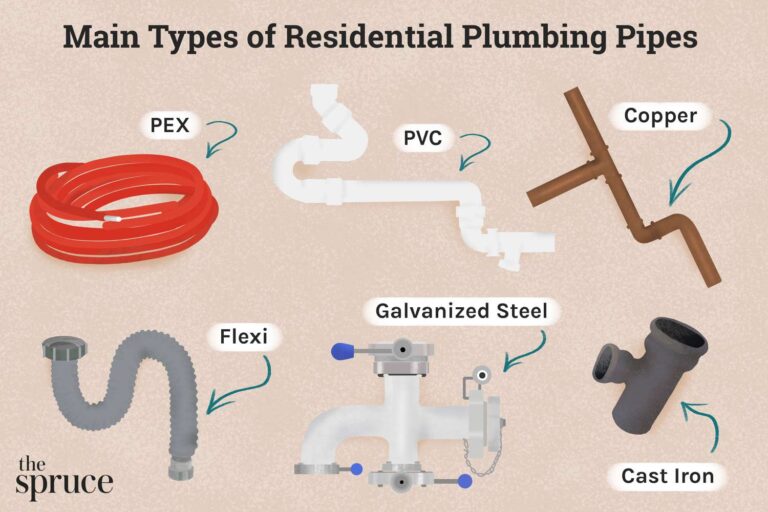Why Is PVC Used?
PVC (Polyvinyl Chloride) is a type of plastic that is widely used in many industries due to its durability, versatility, and cost-effectiveness. It is a thermoplastic material that is highly resistant to corrosion and chemical attack, making it an ideal material for a variety of applications. PVC is strong and lightweight at the same time, making it an attractive choice for construction, electrical, plumbing, and many other commercial and industrial uses. It is also non-toxic and recyclable, which makes it an environmentally friendly choice. PVC is also often used to make products such as pipes, window frames, roofing, and flooring.

Overview of PVC Properties
PVC (Polyvinyl Chloride) is a versatile material with a variety of properties and applications. With excellent chemical and weather resistance, high ductility and toughness, and good electrical insulation properties, PVC is a great choice for a variety of projects. It is also a cost-effective solution that is easy to work with. PVC is available in a range of colors, textures, and sizes, making it a great choice for a variety of projects including window frames, plumbing, furniture, and door frames. It is also frequently used in industrial and commercial settings for applications such as roofing, flooring, insulation, and more. PVC is an excellent choice for projects due to its resilient properties and ease of use.
Advantages of PVC
The advantages of Polyvinyl Chloride (PVC) make it an ideal material for a variety of uses. PVC is a lightweight, flexible, durable, and waterproof material that is easy to clean and maintain. It is also resistant to a wide range of chemicals and has low thermal conductivity, making it an ideal material for insulation. PVC also offers excellent fire resistance, making it an ideal material for fire safety applications. Additionally, PVC is cost-effective and recyclable, making it a great choice for sustainable projects. PVC is also highly resistant to corrosion and rust, making it a great choice for outdoor projects. With all of these advantages, PVC is an ideal material for a variety of uses.
Types of PVC
Polyvinyl Chloride (PVC) is a versatile and widely used material in the construction industry. It is available in many forms and it is important to understand the differences between them in order to choose the right type for the job.
The most common types of PVC are unplasticized (uPVC) and plasticized (PVC-P). uPVC is used mainly for window and door frames, plumbing pipes, and cladding. It is highly durable and resistant to corrosion, and can be used both indoors and outdoors. PVC-P is softer and more flexible, making it ideal for guttering, cable insulation, and vinyl flooring.
Other types of PVC include rigid PVC (PVC-U), which is used for drainage and pipes; foam PVC, which is lightweight and durable; and clear PVC, which has a glossy finish and is often used for sheeting, signage, and protective coverings.
The choice of PVC ultimately depends on the intended application and the desired properties of the material. Whatever the task, there is a PVC material that is up to the job.
Applications of PVC
PVC (polyvinyl chloride) is a versatile plastic material that can be used for a wide range of applications. From construction materials to medical equipment, PVC is a versatile and cost-effective material that can be used to create strong, durable and lightweight items. PVC is also highly resistant to corrosion and moisture, making it an ideal choice for outdoor applications such as outdoor furniture, cladding, and decking. Furthermore, PVC is a great choice for medical equipment, due to its non-toxic and sterile nature. It can be used to create medical tubing, catheters, and other medical items. As PVC is extremely flexible, it is also used to create cables, wires, and insulation for electronic components. PVC is an incredibly versatile and cost-effective material that can be used in a wide variety of applications.
Challenges and Disadvantages of PVC
PVC (polyvinyl chloride) is a popular and versatile material used in construction and a variety of other applications. Despite its many advantages, PVC is not without its disadvantages. One of the most significant challenges of using PVC is that it is highly flammable, making it unsuitable for use in many safety-related applications. Additionally, PVC is not biodegradable, and can be difficult to recycle due to the presence of additives and fillers. PVC is also very sensitive to UV radiation and can become brittle over time. Finally, PVC is not particularly strong, making it less suitable for load-bearing applications. Despite these challenges, PVC remains a popular choice for many applications due to its low cost, durability, ease of installation, and resistance to water and chemicals.
PVC in the Future
The future of PVC construction is bright. As a highly durable, affordable material, PVC can be used in a variety of applications from construction to home décor. PVC is lightweight, easy to install, and highly resistant to corrosion, making it an ideal choice for a wide range of projects. With the latest advancements in technology, PVC is becoming even more versatile and cost-effective. In the future, PVC will likely be used for a variety of construction projects from homes and businesses to factories and restaurants. Its versatility as a material will also make PVC a popular choice for interior décor applications, such as furniture and artwork. With its many benefits and advancements, PVC is sure to be a major part of the future of construction.
FAQs About the Why Is PVC Used?
Q: What is PVC?
A: PVC stands for Polyvinyl Chloride, a type of plastic material that is used in a variety of applications.
Q: What are the benefits of using PVC?
A: PVC is a durable, lightweight, and cost-effective material that is suitable for a wide range of uses. PVC is resistant to corrosion, moisture, and chemicals, making it an ideal material for piping, insulation, medical equipment, and other industrial applications.
Q: Where is PVC commonly used?
A: PVC is commonly used in the construction industry for plumbing, electrical wiring, and roofing. It is also used in furniture, window frames, and medical equipment.
Conclusion
PVC is an extremely versatile material that is used in a variety of applications. Its durability and resistance to corrosion, fire, and chemicals make it ideal for plumbing, electrical, and construction applications. It is lightweight and easy to install, and its low cost makes it an economical choice. PVC is also extremely versatile, allowing it to be used in a range of creative applications. Its strength and longevity make it an ideal choice for a variety of projects. PVC is a reliable and cost-effective material that is used in a wide range of applications.

